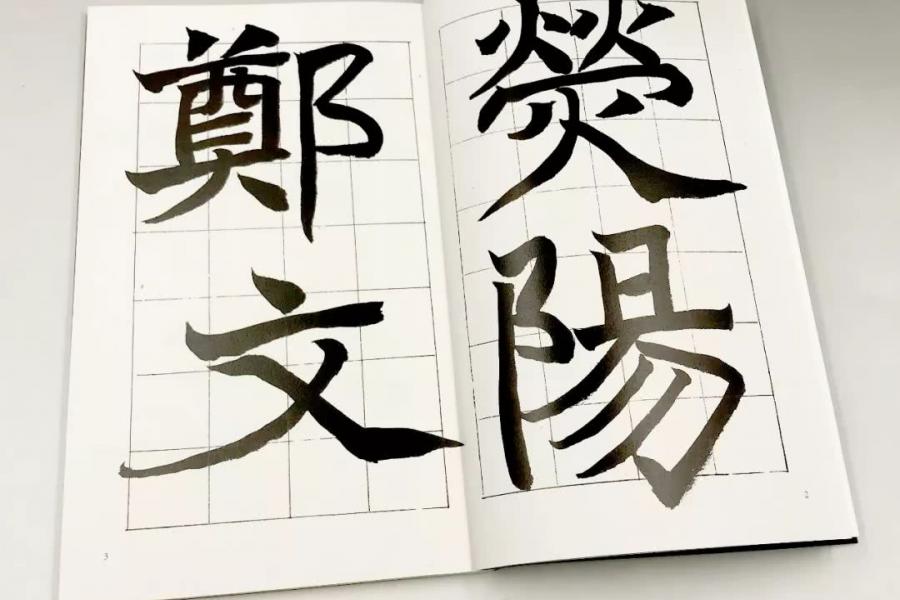There will be two main areas of instruction, as follows 1. The history and practice of calligraphy; 2. The role of the written character and of traditional ideographic studies in the development of Chinese thought systems. The former provides indispensable core knowledge of the culture of calligraphy, while the latter discusses the way that the ideographic word reflects China’s articulation of the principles of Nature.
Part one: Chinese calligraphy encompasses two key elements: the written character and the act of writing. ‘Written characters’ refers to both historical calligraphic scripts (for ex. standard script, running script, grass script, etc.) and different stylistic trends (for ex. the influential ‘Yan Style’ and ‘Liu Style’, initiated by Tang-period calligraphers Yan Zhengqing and Liu Gongquan) Calligraphic style is passed on through a process of direct transmission from teacher to student.
In keeping with this tradition, the Calligraphy Studies programme will include: knowledge and understanding of Chinese characters; study of the structural form of written characters; analysis of different calligraphic styles; learning the correct writing posture; practicing the way to move the body during the act of writing. Additional topics will include understanding the tools of calligraphy, and foundational studies in the history and connoisseurship of calligraphy.
Through this step-by-step process of study and hands-on training, students will acquire a more direct and personalized understanding of the culture of Chinese calligraphy.
Part two: using the Shuowen jiezi (An Explication of Written Characters, a dictionary complied at the end of the 1st century) as the core text, this series of lectures will analyze the spiritual thread that runs throughout the tradition of ideographic (character word) studies in Chinese culture. Reference will be made to the structure and imagery of the divinatory diagrammes in the Yijing (Book of Changes), as well as to other ancient texts such as the classic of astronomy and mathematics Zhoubi Suanjing, to trace the origin and development of ideographic characters. The lecturer will focus on two main concepts: the early creation of a writing system as a means of transposing the order of the cosmos; and how this early initiative informed and shaped the development of all later literary forms. The mutual relationship between early ‘cosmic texts’ and later ideographic/textual forms is both a literary and a conceptual issue, and has informed the dynamics of historical Chinese thought over the centuries.

